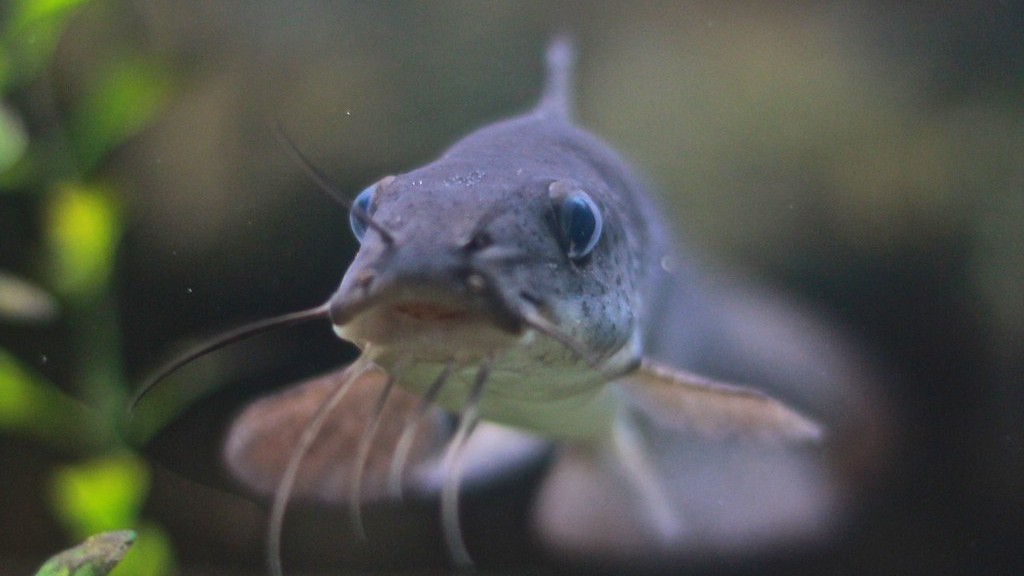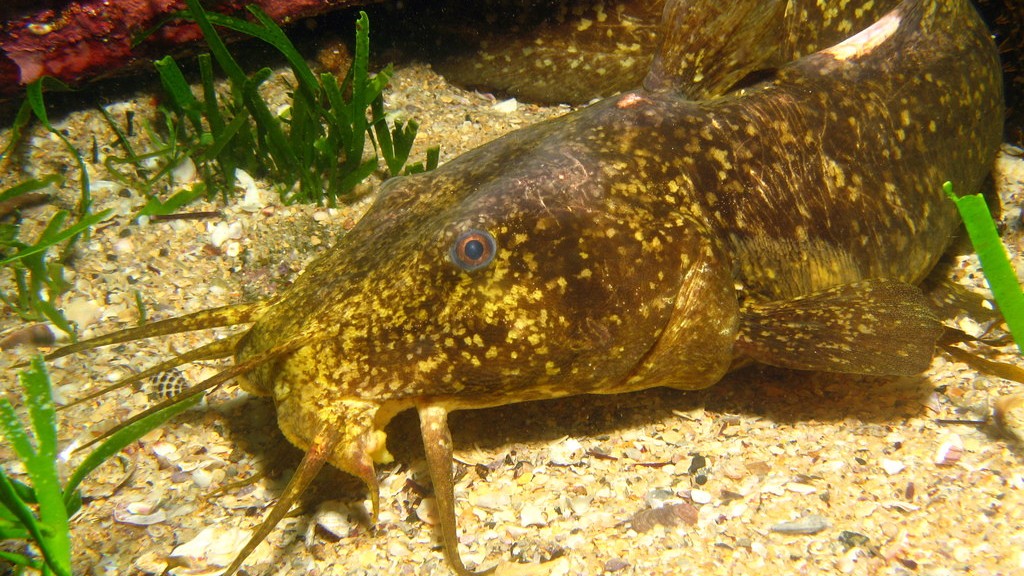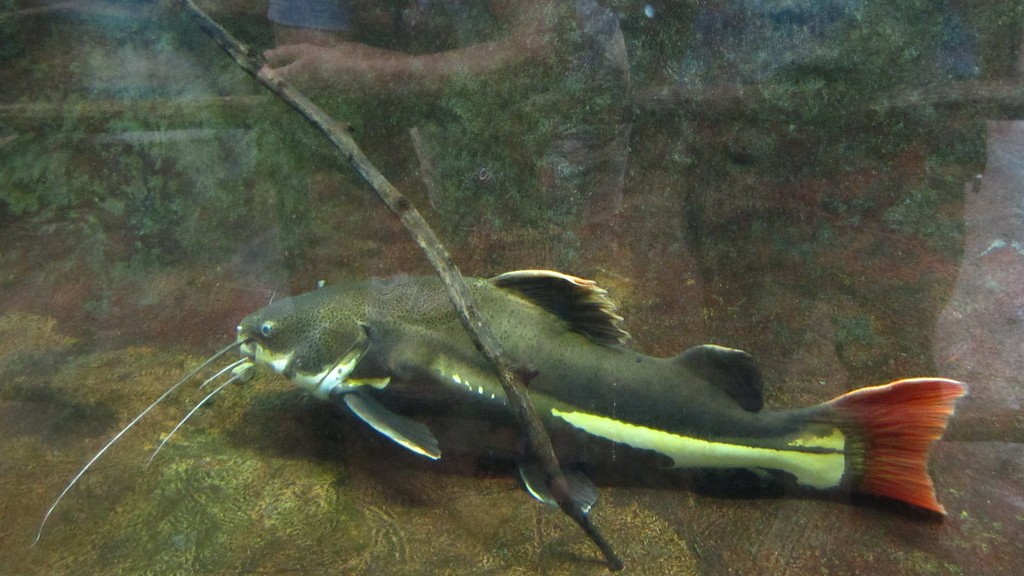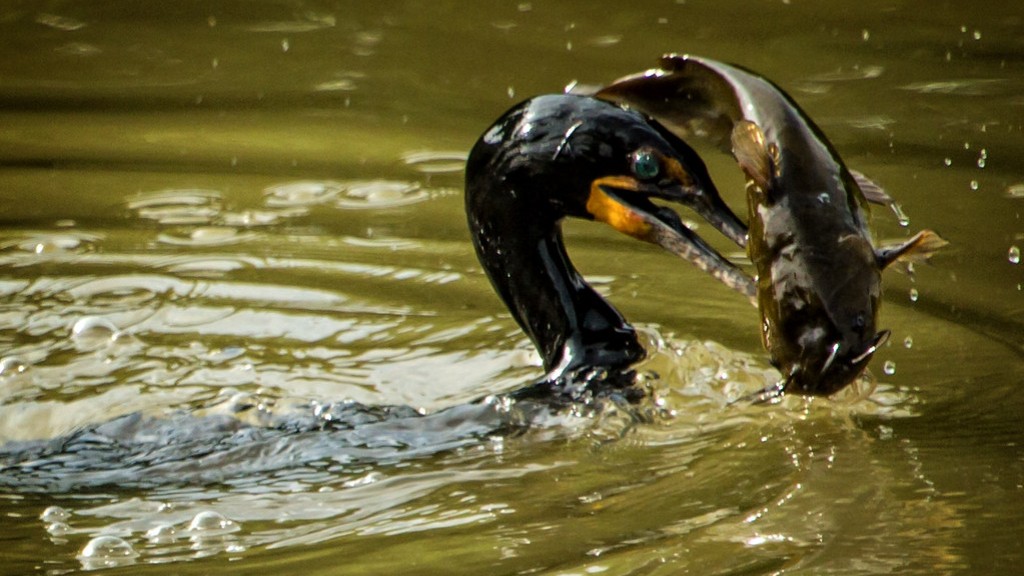What Temperature do Catfish Spawn
Catfish spawning is a fascinating process governed by various environmental factors, one of which is temperature. Understanding the optimal temperature range for catfish spawning is essential for fisheries management and aquaculture practices. In this article, we will explore the relationship between temperature and catfish spawning, taking into account different species and their specific preferences.
Temperature Influence on Catfish Spawn
Temperature plays a vital role in the spawning behavior of catfish. These fish are ectothermic, meaning their body temperature is regulated by the surrounding environment. As such, changes in temperature can trigger specific physiological responses, including the initiation of reproductive activities.
The optimal temperature for catfish spawning depends on the species. While there is variation among different types of catfish, they generally prefer water temperatures ranging from 70 to 85 degrees Fahrenheit (21 to 29 degrees Celsius).
Species-Specific Preferences
Various species of catfish have specific temperature preferences for spawning. Let’s delve into some of the most common species and their temperature requirements:
Channel Catfish (Ictalurus punctatus)
Channel catfish are one of the most popular catfish species for recreational fishing and aquaculture. They typically spawn at water temperatures between 75 and 80 degrees Fahrenheit (24 and 27 degrees Celsius).
Blue Catfish (Ictalurus furcatus)
Blue catfish, known for their impressive size and strength, spawn at slightly lower temperatures compared to channel catfish. They prefer water temperatures ranging from 70 to 75 degrees Fahrenheit (21 to 24 degrees Celsius).
Flathead Catfish (Pylodictis olivaris)
Flathead catfish have different temperature preferences for spawning. They tend to initiate their reproductive activities at lower temperatures, ranging from 66 to 75 degrees Fahrenheit (19 to 24 degrees Celsius).
Channel x Blue Hybrid Catfish (Ictalurus punctatus x furcatus)
Hybrid catfish resulting from the crossbreeding of channel and blue catfish can display varying temperature preferences for spawning. Depending on the specific hybrid strain, they may exhibit preferences similar to those of either parent species or have an intermediate temperature range.
Environmental Factors Beyond Temperature
While temperature is a crucial factor influencing catfish spawning, other environmental conditions also come into play. These include photoperiod, water depth, dissolved oxygen levels, and habitat structure. To optimize catfish breeding success, these additional factors must be taken into account alongside temperature management.
Research and Observational Evidence
Scientific studies and observations have provided valuable insights into the temperature requirements for catfish spawning.
- A study by Johnson and Tatum (2007) found that channel catfish spawning success significantly increased when water temperatures were maintained between 75 and 80 degrees Fahrenheit (24 and 27 degrees Celsius).
- In a separate study, conducted by Parker et al. (2012), it was observed that blue catfish demonstrated optimal spawning behaviors within a temperature range of 70 to 75 degrees Fahrenheit (21 to 24 degrees Celsius).
- Observations on flathead catfish populations in various rivers by Smith et al. (2015) revealed that successful spawning occurred when water temperatures ranged from 66 to 75 degrees Fahrenheit (19 to 24 degrees Celsius).
Aquaculturists and fisheries managers can utilize this research to create optimal conditions for catfish spawning in controlled environments, ensuring successful reproduction and sustainable fish populations.
Conclusion
In conclusion, the temperature at which catfish spawn depends on the species, with general preferences falling between 70 and 85 degrees Fahrenheit (21 and 29 degrees Celsius). However, specific species, such as channel catfish, blue catfish, flathead catfish, and hybrid catfish, have their own temperature preferences within this range.
Managing temperature conditions in aquaculture facilities and fisheries is crucial to promote successful catfish spawning and sustainable fish populations. Alongside temperature, other environmental factors such as photoperiod, water depth, dissolved oxygen levels, and habitat structure should be considered to provide optimal breeding conditions for catfish.
By utilizing scientific research and observational evidence, aquaculturists and fisheries managers can enhance catfish breeding efforts, leading to increased fish production and conservation of these valuable species.



